Introduction
The monument dedicated to the veterans of the Vietnam War (or, simply, the Vietnam Veterans Memorial) is located in the US capital, Washington D. C. , and specifically, in the National Mall; a large, beautiful, green area of land that houses the most important monuments in the city.
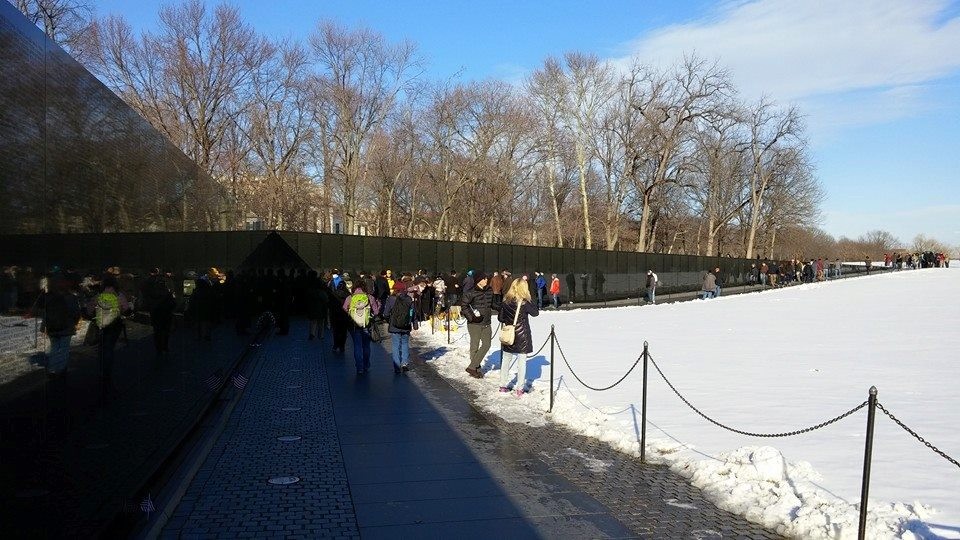
History
For those of you who aren't familiar with the Vietnam War, it's important to know that it was a war-like conflict that took place between 1959 and 1975 to prevent the reunification of Vietnam under a communist regime. This war saw China and the USSR (who wanted to govern Vietnam under a communist system) face off against the Republic of Vietnam, who were helped by the United States.
The Vietnam War is one of the most famous in recent history for several reasons, amongst those being the strong criticism towards the United States for their participation in the war, as well as the fact that there was no military censorship. On the other hand, however, this led to the emerging of the hippie movement that completely unfavoured the war, which was one of the most notorious wars for being the first in the "contemporary" world. Citizens were more informed than ever, yet were still touched by the memories of the Second World War, particularly due to the military conscription that American men were subjected to.
During this war, the United States had more than 58, 000 of their soldiers die, whilst almost 2000 disappeared. For Americans, this topic touches a raw nerve, especially for the soldiers that survived, as well as the families of the victims; so much so, it is even debated before touching on the issue publicly.
The memorial
This memorial is one of the most visited places in Washington D. C., which is, in part, owed to the sheer number of Americans who died during this war, as it is continually visited by their families and close friends.
The memorial consists of two parts: the black wall and 'The Three Servicemen':
The black wall is known as the "Memorial Wall", upon which the names of all of the victims from the war are inscribed. The names appear in order of the date of death. In addition to this, next to each name, you will see a symbol: the diamond is used for those people who died and their bodies were found; the plus is for those who died but their bodies haven't been recovered (if they are later found, the symbol changes to a diamond); and, in the case that someone now ends up having lived, a circle will be placed around the current symbol, although this has yet to happen.
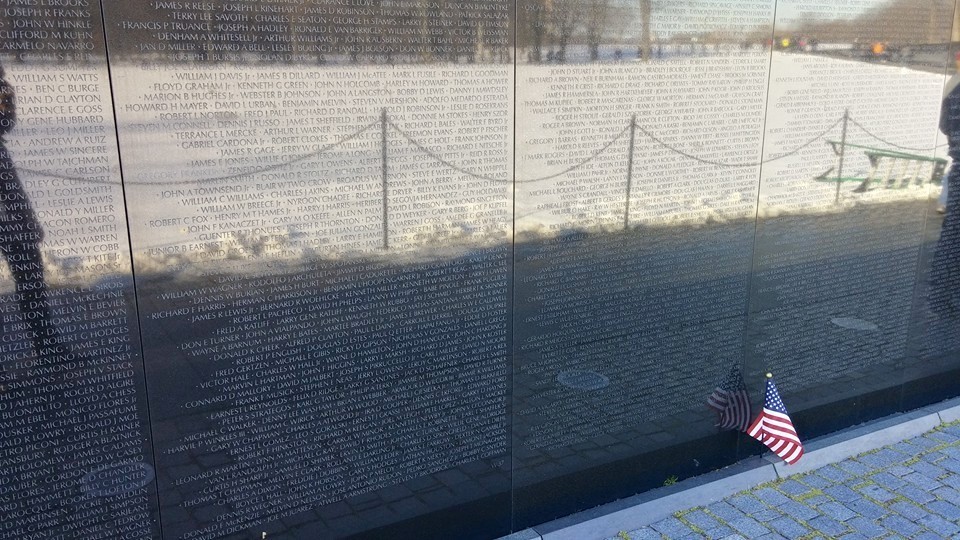
The wall is made of black granite panels that reflect the faces of the people who visit it, the sky, and the trees that surround it. The idea actually came from an ex-corporal who served in the war, and it was eventually designed by Maya Ying Lin, a 21 year old undergraduate student from Yale University.
To find someone's name for yourself, you can look in the books that sit right at the start of the memorial, and the park rangers or other staff in the area can leave you a pen or some paper, or just help you with any queries you may have.
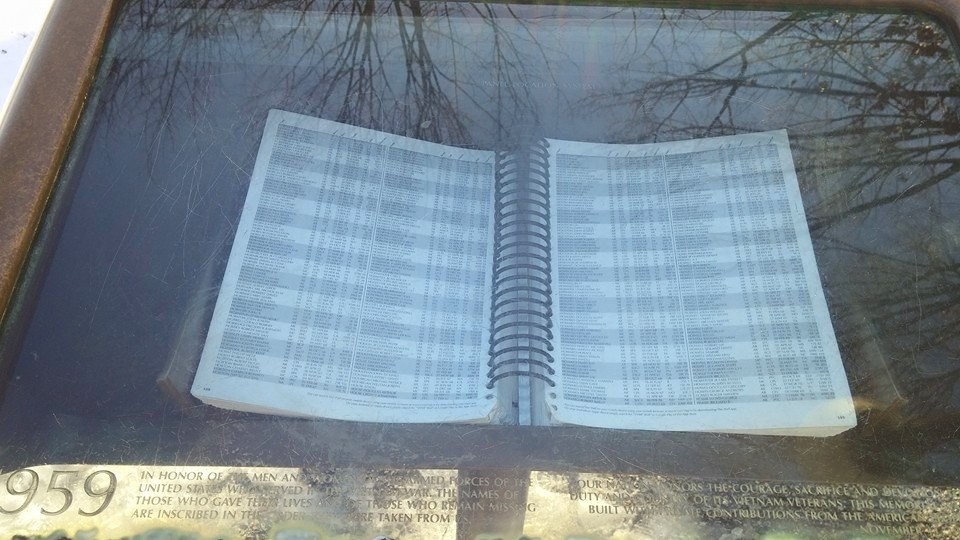
The statue of 'The Three Servicemen': these are three soldiers sculpted in bronze, which were added to the memorial to depict some soldiers who fought in the war, as well as to add that little something special because the wall looked a bit empty with just the names alone. The three soldiers are depicted as looking to the right, with a rifle in their hand.

There are only the names of eight women on the wall, although more than 10, 000 women served in this war. The most famous story is that of Mary Kinkler, a nurse who was tasked with bringing Vietnamese orphans back to the United States, before their plane crashed in 1975.
Throughout this area, you can see flowers, letters and clothing that they wore, amongst other things, that are left there in honour of the Vietnam War veterans.
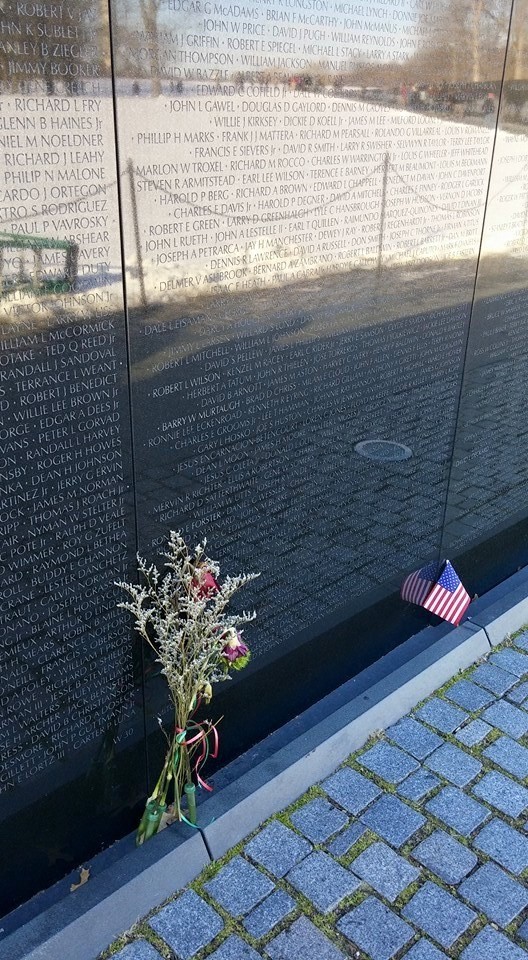
Opinion
In my opinion, the sculpture of the soldiers is extremely realistic, but I don't think that it's very fitting when we think about the memorial as a whole, and it can even end up seeming like it is an entirely different memorial. And, although in reality they are, they commemorate the same success, so it's for that reason that I think that they should made something that complements them both and ties them closer together.
With regards to the granite wall, I personally think that it is very similar to the Korean War Veterans Memorial, but it seems very meaningful to me with the names of all the victims being written on it. And, although it may not seem like a huge gesture for the families of the victims, I do think that they will be grateful for it.
Additional information, prices, opening hours
This memorial is maintained by the National Park Service, just like the rest of the monuments situated within the National Mall, and it is included on the National Register of Historic Places.
You can visit this memorial free of charge, just like the vast majority of monuments and museums in Washington D. C., which is really fortunate for those of us live here or are visiting the city.
If you want to eat something, there is a refreshment stand just to the right of Lincoln Memorial, where they sell soft drinks, French fries, hot dogs, burgers and a variety of other snacks. You can sit down at the tables by the kiosk (although I must mention that, the last time I went, they were full of birds and I had to leave to avoid all my food being eaten), or take your food with you whilst you visit all of the monuments and memorials in the National Mall. But, that being said, you have to be careful not to damage the monuments or leave leftover food and litter lying about.
The memorial is open to visit 24 hours a day, 7 days a week. However, the National Mall park staff (the people that you can ask for any information that you may require from) only work from 9:30am until 11:30pm. Although, I have a strong suspicion that not many people choose to visit it in the early hours of the morning...
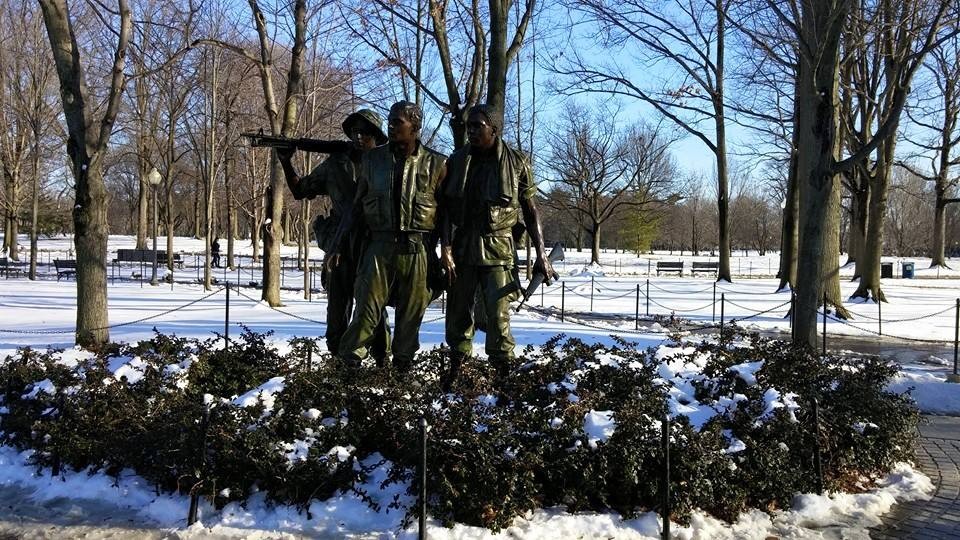
How to get there
To get to this monument, you have two options to choose from. If you are close to the National Mall or are already there, you have to walk to the Lincoln Memorial, and you will find the Vietnam Veterans Memorial just off to the left of it when looking towards the Pool of Reflection. Or, you could equally take the metro, alighting at the station, "Foggy Bottom", served by the blue, orange and silver lines. From there, you simply have to walk along 23rd Street in the direction of Lincoln Memorial, before turning to the left.
